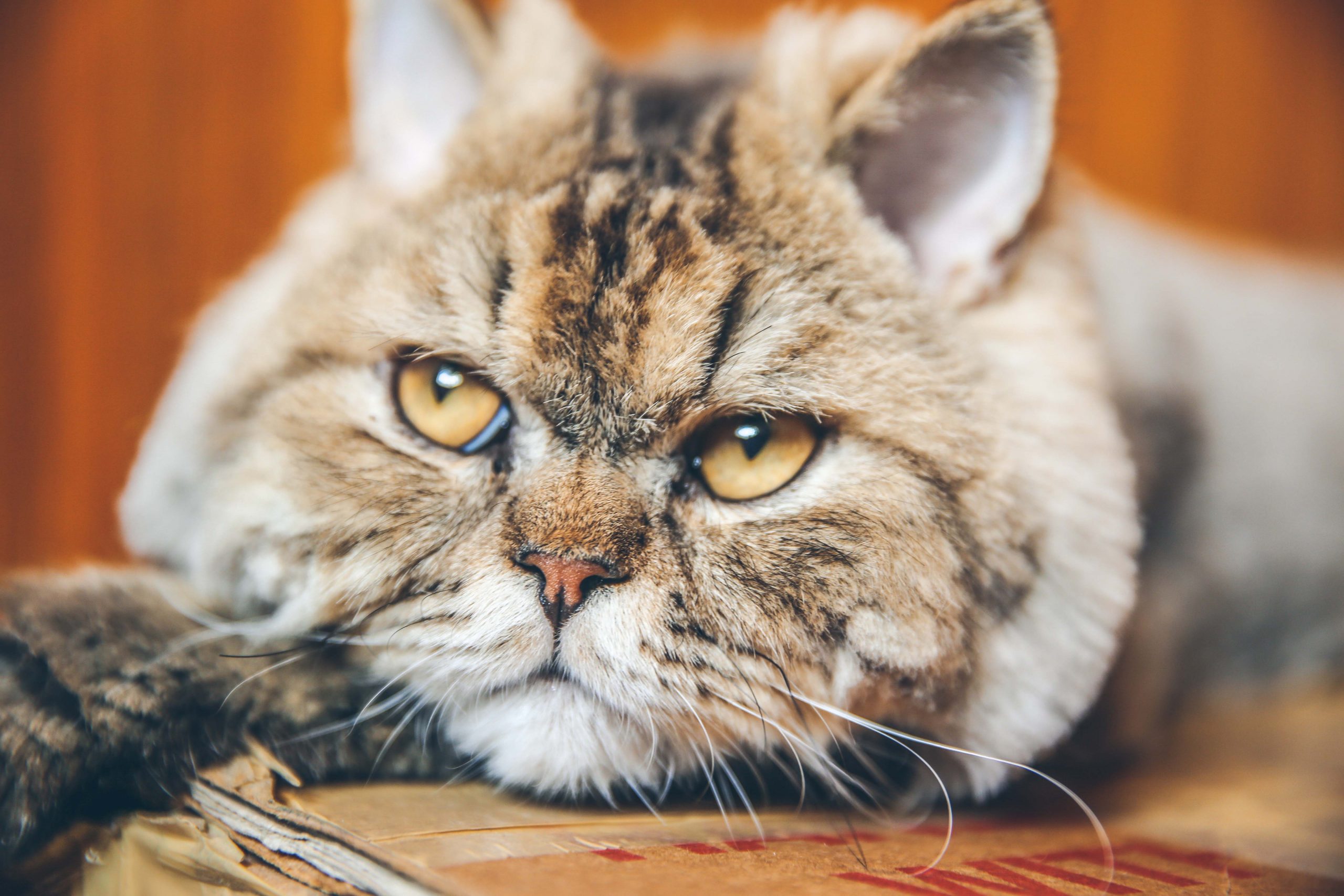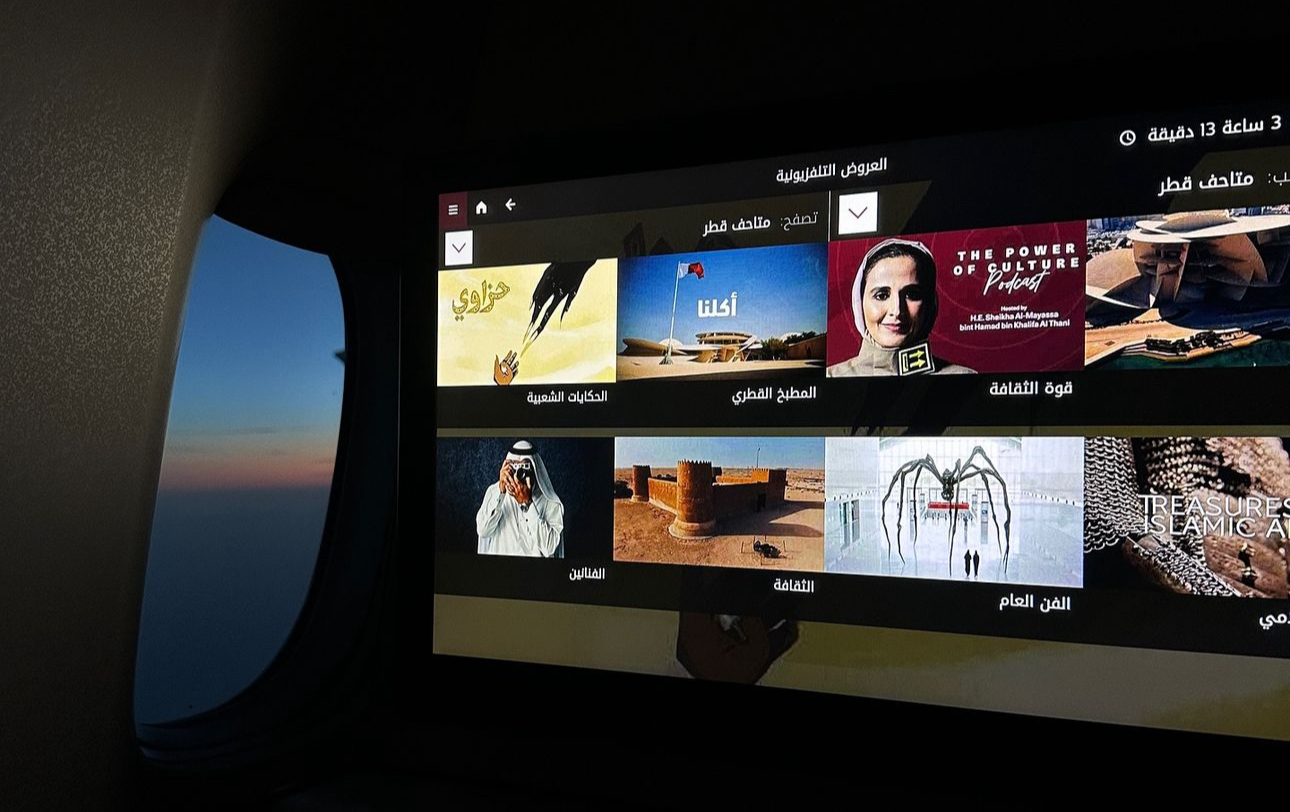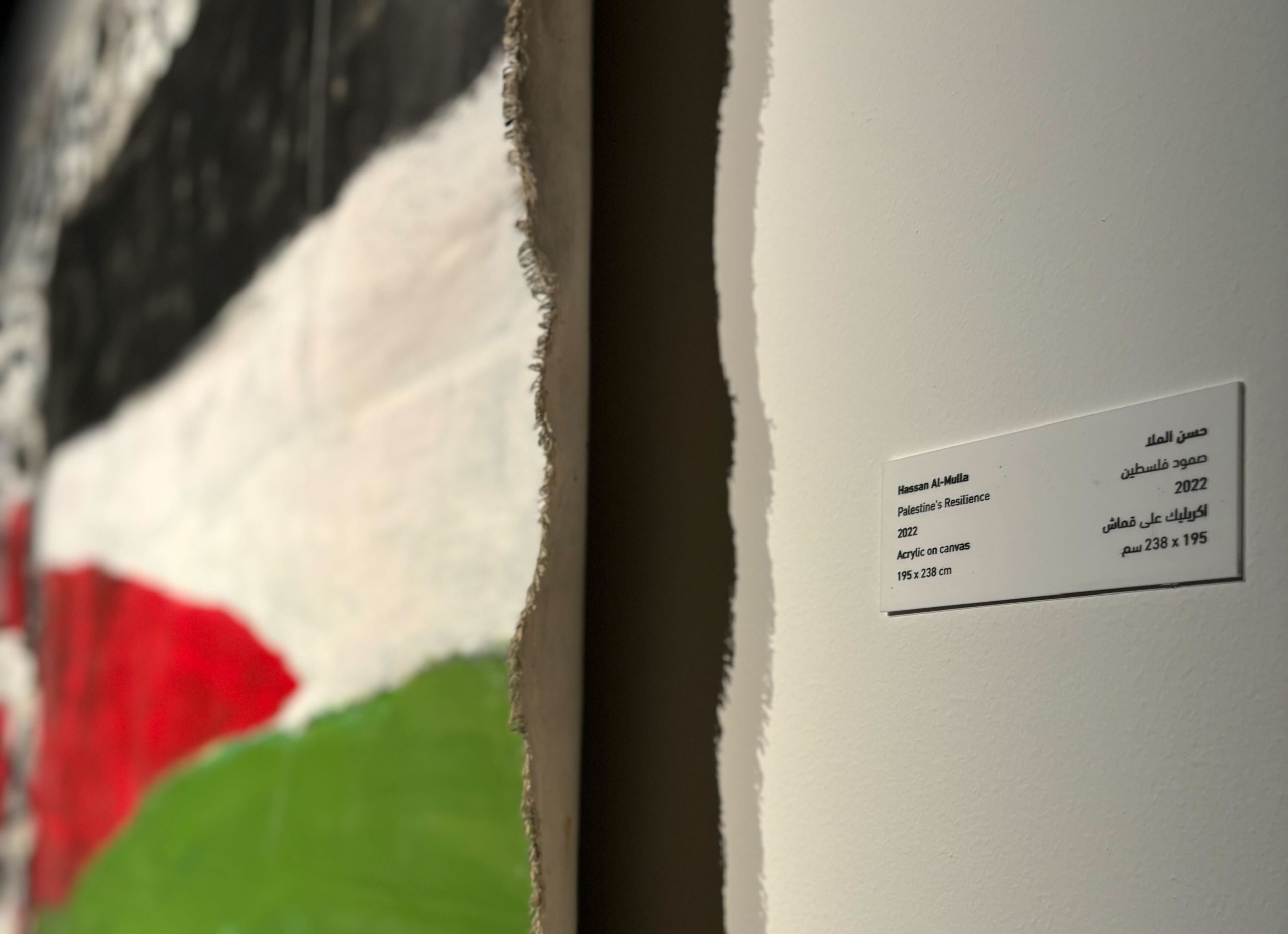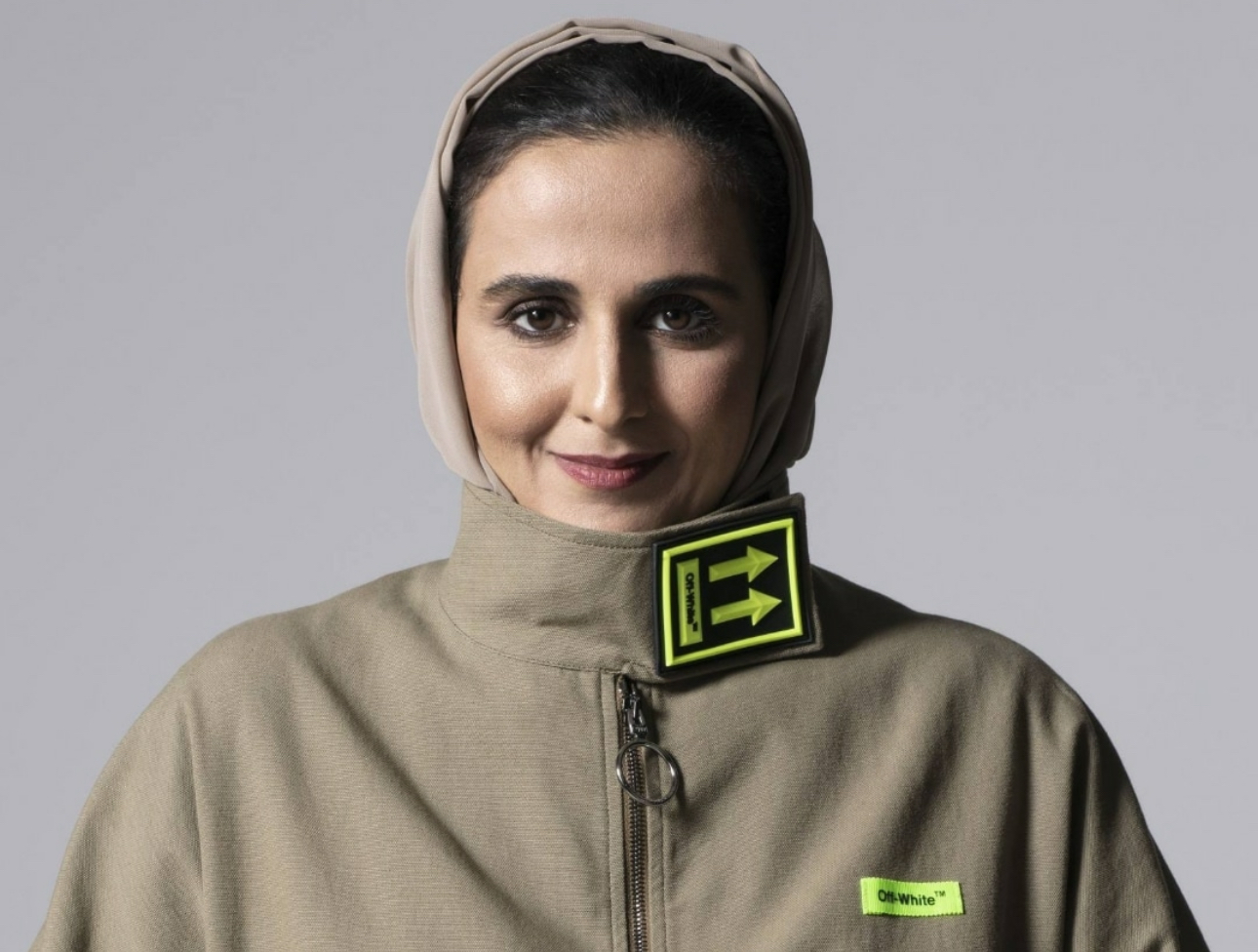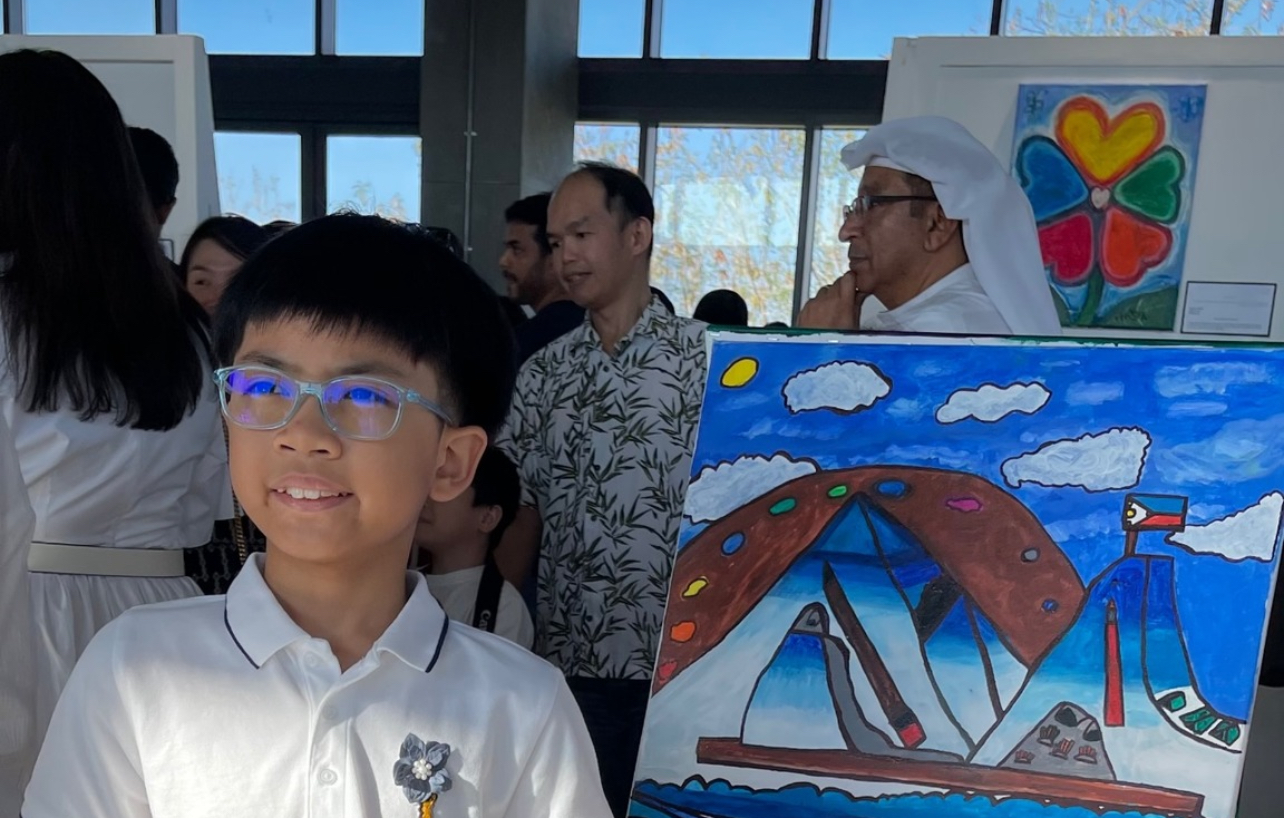
As Qatar’s animal welfare charities struggle to meet increased demand to help homeless and injured pets during the summer, one of the nation’s oldest and largest shelters has recently received a two-ton boost.
Over the weekend, the Qatar Animal Welfare Society (QAWS) announced on its Facebook page that, thanks to a food drive organized by members of Doha’s South African community, it has taken in its largest-ever single donation of pet food.
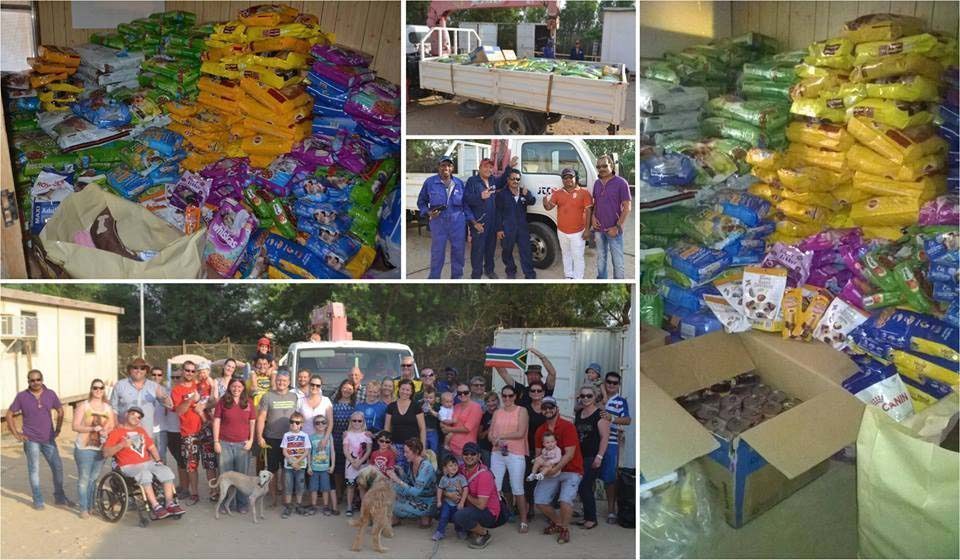
The 2.2 tons of food is enough to feed the shelter’s residents for a month and will save the volunteer-run organization around QR20,000 in bills that will instead be used at the veterinarian’s and for other expenses, the group said in a statement.

The fundraising drive was organized by South African Craig Swartz. He said he was inspired to take action after the shelter launched an appeal in June to raise the QR51,000 it needed to cover its rent during the summer.
QAWS pays QR17,000 a month rent for the shelter, which is located on a farm just west of Doha. Like all other animal welfare groups, it struggles to find the resources to look the hundreds of animals in its care, especially during the hottest months of the year.
Launching his own social media campaign, Swartz called on fellow South Africans to donate.
In nine days, around 70 families had gifted enough money to buy 2.2 tons of food, while Swartz’s employer, Jassim Transport & Stevedoring Company, agreed to help with the logistics of delivering the large amount of food to the animal shelter on Friday.
Speaking to Doha News, Swartz said:
“I wanted to make an impact and make people realize that there is a huge need for donations, particularly in the summer. When we went out to the shelter to give them the food, I was very humbled as what I saw there.
“They (the volunteers) are doing an incredible job, really a thankless job.”
Swartz chose just one charity as the focus of this donation, to raise awareness of the volume of animal food needed to keep the shelters running.
However, he said he has now decided to make the food drive a bi-annual event, to help out other animal rescue groups in the future.

He also challenged other groups in Qatar to beat the South Africans’ fundraising record.
“The dogs need food. I would love to hear of other communities coming together to do the same sort of thing,” he added.
QAWS has run a rescue shelter in Qatar for more than 10 years, and also arranges fostering and adoption for homeless animals.
Earlier this summer, one of its founding members Kelly Allen told Doha News that its services had particularly come under strain this year as many residents who had been made redundant were abandoning their pets before leaving the country for good.
This time of year is particularly difficult for all animal charities, as many of their supporters are away on vacation and so they are short of foster and adoption parents until they return in September.
Raising awareness
Since QAWS opened more than a decade ago, a half dozen other animal rescue groups have also come into operation:

According to this infographic designed by Qatar resident Marsya Karmila, founder of infoqraph.com, there are at least seven groups here that are mostly run by local volunteers, and provide different types of care to abandoned and stray animals.
While all of those featured run adoption and fostering programs in Qatar and abroad, four also provide animal shelters – QAWS, 2nd Chance Rescue Qatar, Cat Assistance Team Qatar and Paws Rescue Qatar (PAWS).

Without state assistance, all the groups struggle on a monthly basis to pay their costs, with many volunteers coming up the money for vet and food bills themselves.
Many of the animal rescue volunteers have been calling for a government pound to be set up, and a shelter at Umm Salal is planned to be built by the Ministry of Environment on 3,000sqm of land, to include some 120 kennels.
While it is expected to open this December, no updates have yet been given on the project.
Thoughts?

